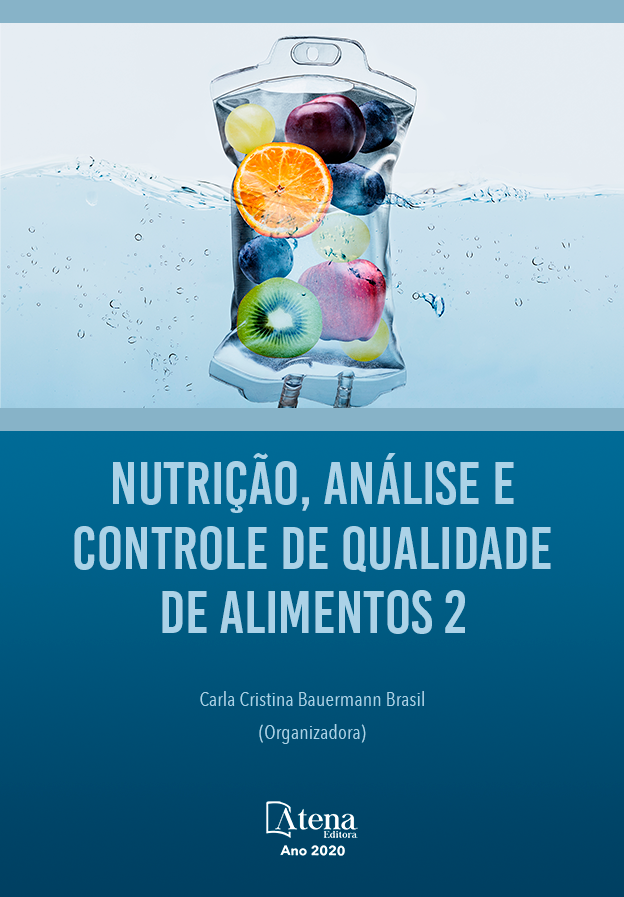
CARACTERÍSTICAS FÍSICAS E QUÍMICAS DE ABACAXIS DA CULTIVAR PÉROLA PRODUZIDOS NA REGIÃO SUDESTE DO PARÁ
O fruto abacaxi (Ananas comosus L. Merrill) da cultivar Pérola apresenta um alto poder de comercialização à nível nacional e internacional, por apresentar uma polpa extremamente suculenta e palatável. Visando um melhor aproveitamento da fruta, tendo em vista que este é perecível, este estudo objetivou avaliar a biometria e a composição química do abacaxi da cultivar Pérola cultivado em Floresta do Araguaia-PA, no sítio Moreira, Sudeste do Pará. Desta forma, foi selecionada uma amostra aleatória de 100 frutos para caracterização física e química, sendo as características físicas constituídas de medidas do peso dos frutos (PF); peso da polpa (PP); peso da casca (PC); peso da coroa (PCA); e a avaliação do diâmetro dos frutos com um auxílio de um paquímetro, dentre as avaliações químicas estão a análise de pH; acidez total titulável (ATT); sólidos solúveis totais (SST); umidade; cinzas; proteínas; lipídeos; carboidratos e valor energético total (VET). De acordo com os dados obtidos, 22,5% correspondem a rentabilidade de uma planta da espécie, em polpa comestível e comerciável, restando 77,5% em parte vegetativa e casca, notou- se também, que as características físico-químicas são variáveis de acordo com a região cultivada. Em suma, pressupõe-se que o rendimento do fruto é elevado, e que esta cultivar apresenta alto poder de retorno industrial para a região onde é plantado.
CARACTERÍSTICAS FÍSICAS E QUÍMICAS DE ABACAXIS DA CULTIVAR PÉROLA PRODUZIDOS NA REGIÃO SUDESTE DO PARÁ
-
DOI: 10.22533/at.ed.92420271015
-
Palavras-chave: Ananas comosus L. Merrill, Caracterização, Floresta do Araguaia
-
Keywords: Ananas comosus L. Merrill, Characterization, Floresta do Araguaia
-
Abstract:
Fruits of pineapple (Ananas comosus L. Merrill) ‘Pérola’ cultivar has a high power of commercialization at national and international level, as it presents an extremely juicy and palatable pulp. Considering that it is perishable, and aiming a better use of the fruit, this study aimed to evaluate the biometrics and chemical composition of the pineapple fruits of the cultivar pérola cultivated in Floresta do Araguaia-PA, in the Moreira site, Southeast of Pará. Thus, a random sample of 100 fruits was selected for physical and chemical characterization. In this study, various physical characteristics were evaluated, such as: fruit weight (PF); pulp weight (PP); shell weight (PC); crown weight (PCA); and diameter of the fruits with the aid of a caliper. As for chemical evaluations we determined the following variables: pH analysis; titratable total acidity (ATT); total soluble solids (TSS); moisture; ash; proteins; lipids; carbohydrates and total energy value (VET). According to the data obtained, 22.5% correspond to the profitability of a plant of the species, in edible and marketable pulp, with 77.5% remaining in vegetative part and bark, it was also noted that the physical and chemical characteristics are variable according to the cultivated region. In short, it is assumed that the yield of the fruit is high, and that this cultivar has a high power of industrial return to the region where it is planted.
-
Número de páginas: 12
- Fábio Israel Martins Carvalho
- Luiza Helena da Silva Martins
- Vicente Filho Alves Silva
- José Nilton da Silva
- Clenes Cunha Lima
- Wilton Pires da Cruz
- Igor Vinicius de Oliveira
- Rodrigo Oliveira Aguiar
- Juliana Guimarães Rocha
- Priscilla Andrade Silva


